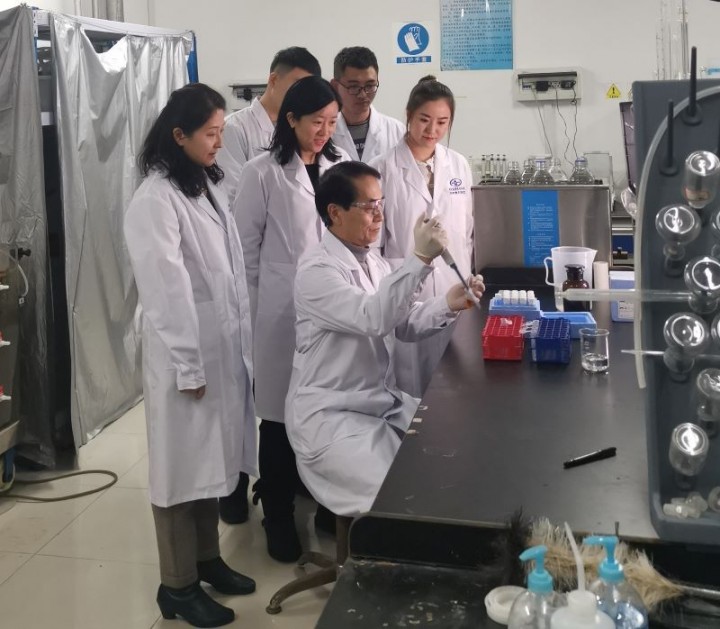On October 14, Science and Technology Daily reported the research results of Professor Guo Wanqian's team from School of Environment, entitled "Research from Harbin Institute of Technology Offers a New Solution to Environmental Risks Posed by Antibiotics". It is reported that the research results of Prof. Guo Wanqian’s team have given new insights into controlling the spread of antibiotic resistance genes, offering a new solution to address the environmental risks caused by antibiotics. The results were published in the top environmental journal Water Research on September 17.
The full report is as follows:
Science and Technology Daily reporter Li Liyun
The reporter learned from HIT on Oct. 14 that the team led by Prof. Guo Wanqian from the School of Environment of HIT has conducted pioneering research on the influence of physiological functions and community changes of anaerobic sludge microorganisms on the migration and transformation of resistance genes in response to the potential stress of antibiotics. The team has proposed a mechanism for the development and regulation of resistance genes in an anaerobic sludge mixing system, which provides a valuable insight into future antibiotic resistance gene proliferation control. Their paper was published in the top environmental journal Water Research on September 17, with the title of “Deciphering the Transfers of Antibiotic Resistance Genes Under Antibiotic Exposure Conditions: Driven by Functional Modules and Bacterial Community”.

According to Prof. Wanxi Guo, China is a major producer and user of antibiotics, and about 50,000 tons of antibiotics are discharged into the ecological environment every year due to incomplete metabolism by the organism, generating ecological risks. At present, the antibiotic residues into the ecological environment may trigger the generation of resistance genes and other ecological risks, a major concern for the international community. As an emerging pollutant, resistance genes are easy to produce but difficult to remove, which may produce resistant bacteria, resulting in the death of infected people. As the main "source" and "sink" of resistance genes in the environment, activated sludge is closely related to human life and has a higher ecological risk. Therefore, it is important to elucidate the mechanism of antibiotic transfer in activated sludge systems to block the transmission of resistance genes in the future. However, the mechanisms underlying the transfer of resistance genes in sludge systems are still controversial and not yet fully understood.

The team has relied on the State Key Laboratory of Urban Water Resources and Water Environment of HIT to carry out their scientific research. By constructing an anaerobic activated sludge bioreactor and analyzing the changes in the abundance of genes encoding physiological functions using macro-genome bio-sequencing technology, the team has unveiled the relationship between microbial-related functions, mobile genetic factors and resistance genes under antibiotic exposure conditions, and further explored the transformation of bacterial communities and potential host bacteria.
This study shows that antibiotic exposure alters bacterial communities and triggers modules such as oxidative stress response, cellular signal transduction systems and type IV secretion systems, promoting mobile genetic factors and gene transfer potential, and that these above changes together drive increased abundance of resistance genes in activated sludge. This phenomenon is more pronounced under the exposure to refractory antibiotics.
The experts who evaluated this study said that the research has not only suggested the mechanism of resistance gene transfer and regulation in an anaerobic sludge mixed system, but also helped to propose targeted blocking control strategies for resistance gene transmission pathways in practical applications, which has far-reaching scientific significance and is worthy of further research.
(Photos courtesy of Professor Guo’s research team)
Link to full article: https://www.sciencedirect.com/science/article/pii/S0043135421008678


